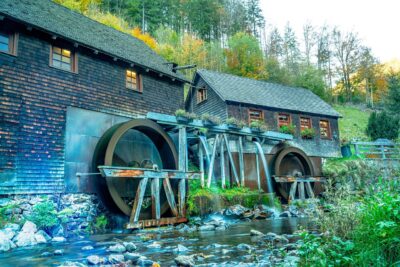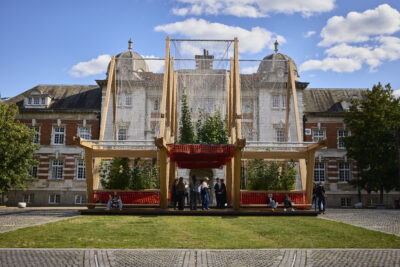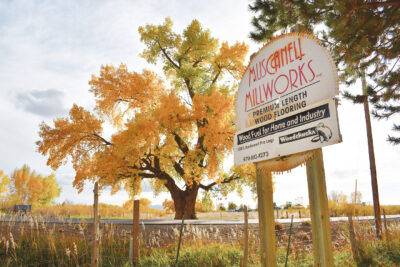Why Knot Point The Blame To Where It Really Belongs
My heart goes out to all those impacted by the wildfires across Southern California. Many NHLA members, their businesses, and their homes have been affected by this tragedy, and our thoughts are with them during this challenging time.
The wildfires have sparked widespread debate over who or what is to blame. Some point to government leaders, while others focus on big oil and climate change. But there’s a broader issue that often goes unnoticed: the role of consumer choices and unabated consumption in driving environmental pressures. Addressing these challenges requires us to take a holistic view rather than fixating on individual causes.
Plastics, for example, aren’t inherently the problem—they serve important purposes, such as in medical applications like IV bags. But their dominance in areas like flooring raises questions. The popularity of plastic flooring is driven by consumer demand for low-maintenance, affordable, and easy-to-install options, based on the perception that plastic is the best or only choice.
This trend away from natural materials like wood to synthetic alternatives has far-reaching consequences. By reducing plastic consumption and returning to biogenic carbon materials like wood, we can make meaningful changes. Choosing wood—a natural, renewable resource—benefits the environment by mitigating climate change, reducing forest fire risks, and creating safer, more sustainable homes.

Unfortunately, we’re moving in the opposite direction. Every day, less wood is being used, while synthetic products become more common, aided by technologies that print wood grain patterns onto plastic. This practice, often called “faking natural,” creates products that mimic wood’s appearance but lack its authenticity, sustainability, and benefits.
Returning to Naturally Authentic™ materials like wood could make a profound difference. Using wood reduces the number of trees that die naturally and become fuel for wildfires. Though harvesting trees reduces the amount of carbon sequestered in the forest, the carbon remains stored in wood products, while young trees regrow quickly, sequestering carbon at a faster rate. Additionally, wood products burn slower and release less toxic smoke than synthetic materials, reducing the risks associated with house fires. Wood’s embodied carbon footprint is far smaller than that of synthetic materials, making it a smarter, more sustainable choice. Simply put: WOOD IS THE ANSWER.
Yet, not enough people realize it. Many are drawn to cheaper, easier options, even if they’re less durable and contribute to environmental harm. While it’s easy to criticize the oil industry, we must also acknowledge that our collective choices—including the materials we bring into our homes—play a role. By choosing wood, we can align our actions with our environmental values and make a real impact.
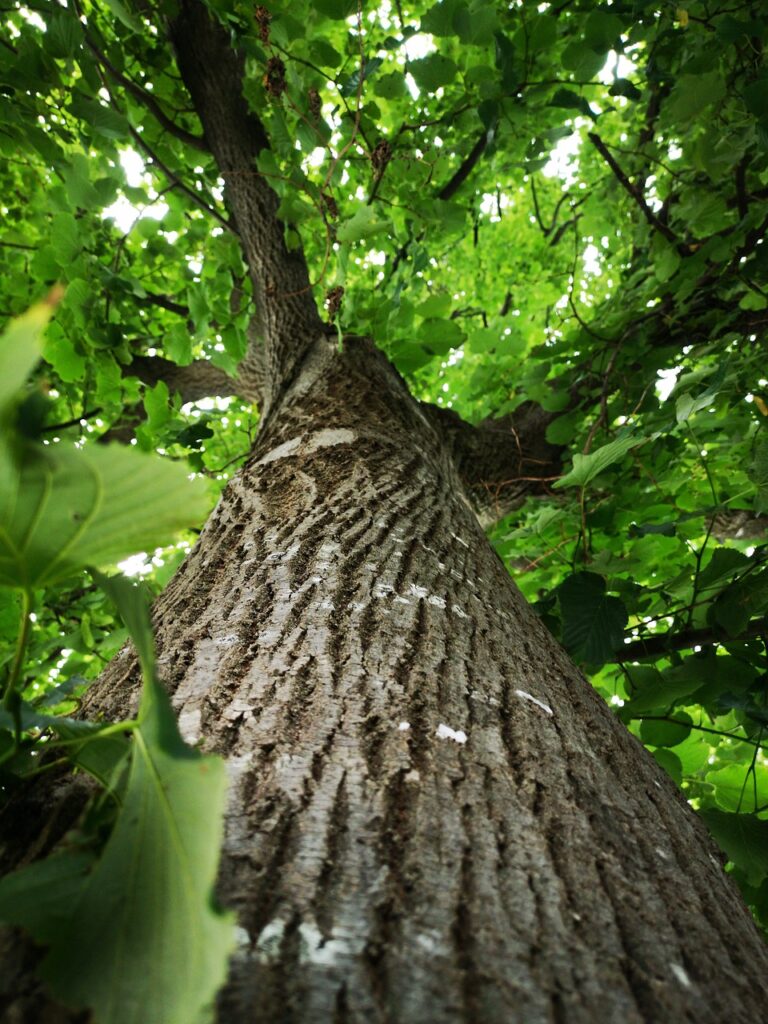
As an industry, we’ve faced criticism for our role in environmental challenges and acknowledge there’s always room for improvement. But we also need to change how people view forests. They aren’t static collections of trees but dynamic ecosystems that are constantly evolving. Young forests are particularly resilient. They adapt to challenges—young trees bend in the wind and grow stronger, and those facing drought grow deeper roots. Contrary to the misconception that young forests are less valuable than old-growth forests, young forests are vital ecosystems, providing food for wildlife and adapting quickly to environmental changes.
The hardwood industry isn’t advocating for the indiscriminate cutting of trees. Conservation and protection are essential. But we do believe that the economic, environmental, and social benefits of using more wood outweigh the alternatives. Instead of pointing fingers or placing blame, we should focus on solutions—using more solid hardwood products as a practical, sustainable choice.
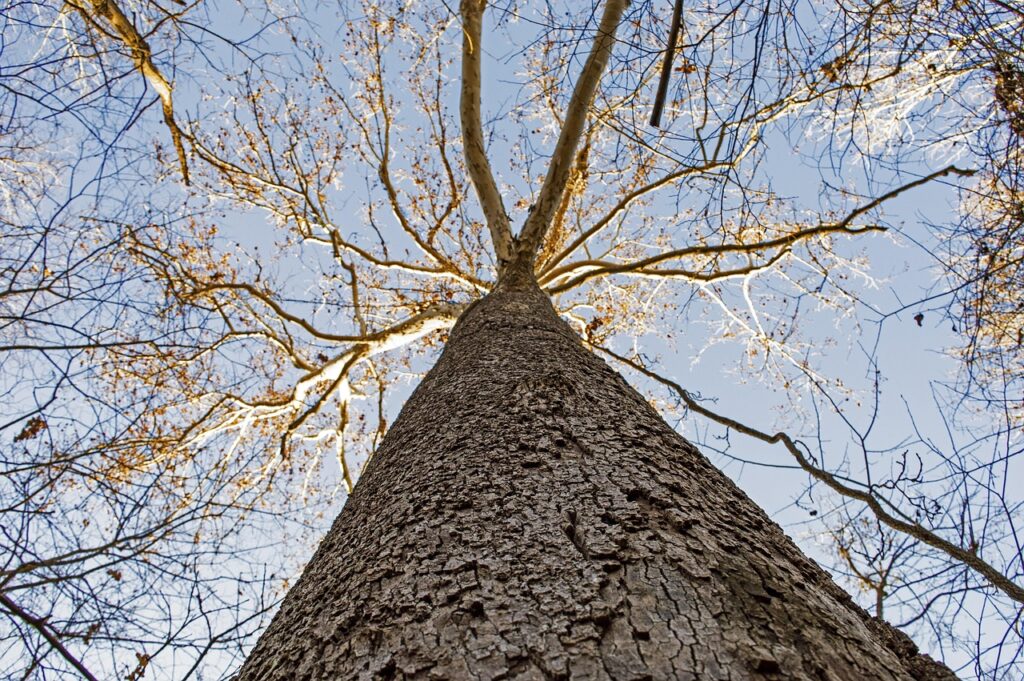
Even within the hardwood industry, we sometimes rely too heavily on materials like plastics, sheetrock, metal, and concrete to save money when we should prioritize wood. So, why knot put the blame where it really belongs? Let’s use wood—not as an alternative to save a dollar, but as a solution to save our planet.


